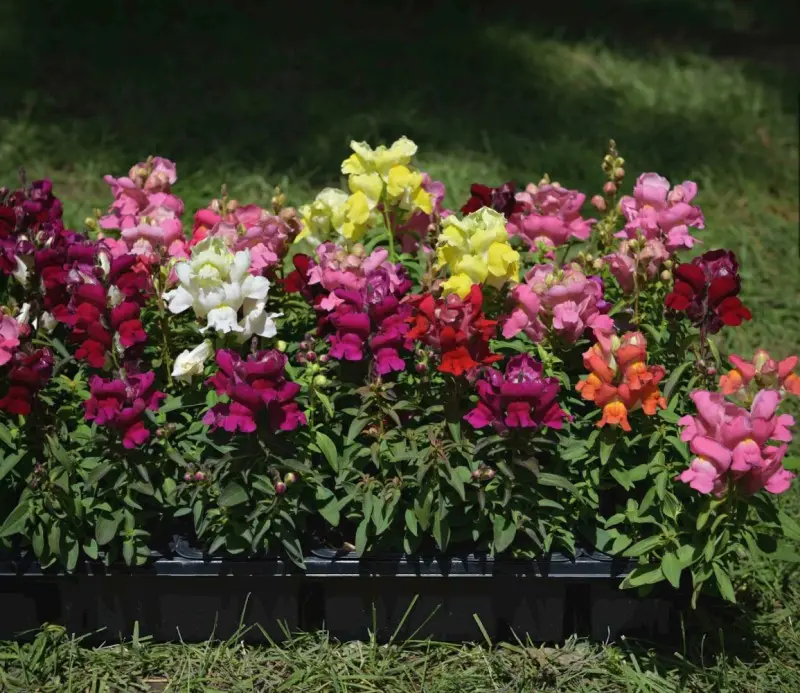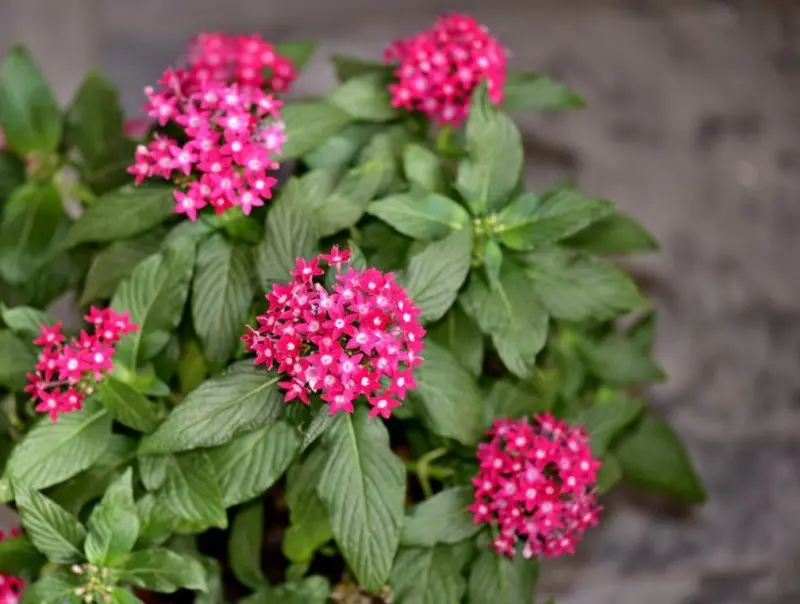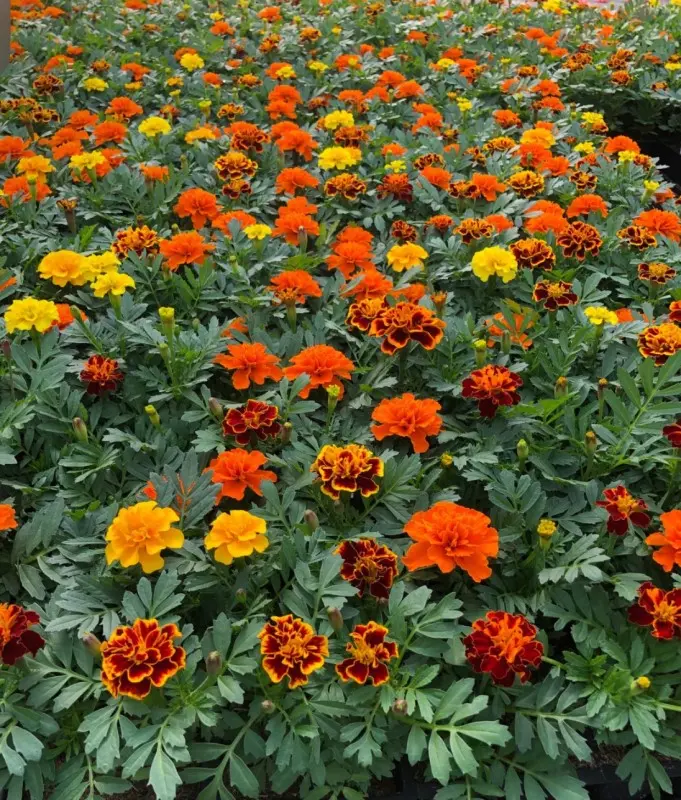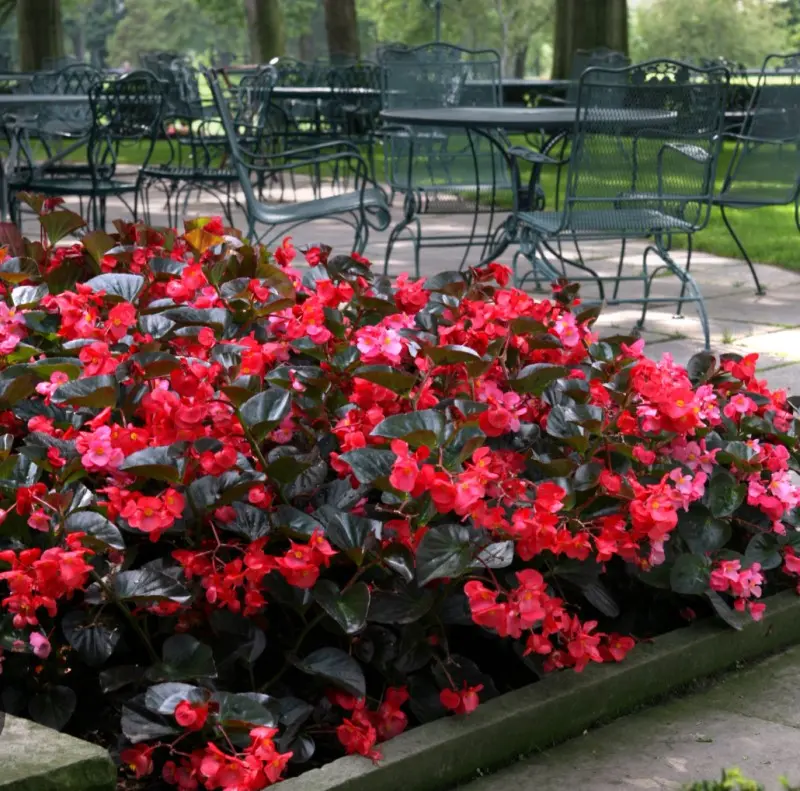Description
Snapdragon (Antirrhinum majus) is a popular flowering annual (or short-lived perennial in milder climates) known for its tall, spiky blooms and unique “dragon mouth” flowers that open when pinched. Native to the Mediterranean, snapdragons come in a wide range of colors, including red, pink, yellow, orange, white, and purple, with some varieties offering bicolor flowers. These striking plants add vertical interest and vibrant color to garden beds, borders, and containers, blooming from early spring through fall.
Snapdragons typically grow between 6 inches to 3 feet tall, depending on the variety, with dwarf types staying compact and taller varieties forming dramatic, towering spikes. They thrive in USDA zones 7-11 as perennials but are most commonly grown as annuals in other regions. Snapdragons prefer full sun and well-draining, fertile soil with regular moisture. Although they are somewhat frost-tolerant and can withstand cool temperatures, snapdragons perform best in mild spring and fall weather and can sometimes slow down in the intense summer heat.
Low-maintenance and easy to grow, snapdragons benefit from deadheading to encourage continued blooming and prevent them from going to seed too early. They are generally pest-resistant but may attract occasional aphids or fungal issues in humid conditions. With their colorful spikes, unique flowers, and ability to thrive in cooler weather, snapdragons are a favorite for creating bright, cheerful displays and are often used in both cottage and formal garden settings. Their vertical form and wide range of colors make them versatile and visually appealing in mixed flower beds and arrangements.






